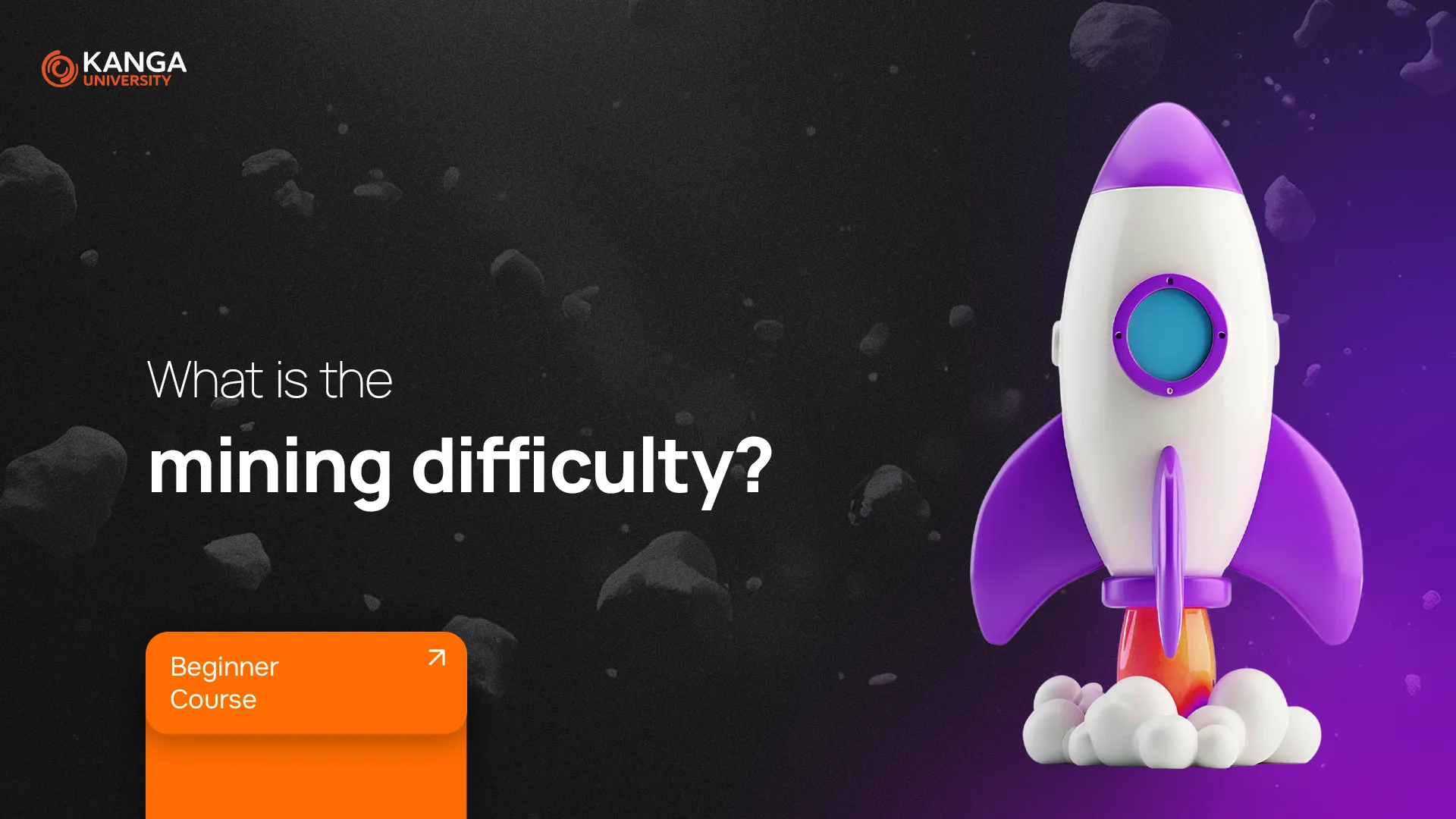
In our previous lesson, we explored the basics of cryptocurrency mining. Today, we’ll take a closer look at a concept that goes hand in hand with mining – mining difficulty. What does it actually mean? Read on to discover an easy-to-understand explanation of this important topic.
What Does Mining Difficulty Mean?
Mining difficulty is a way to measure how complex the mathematical puzzle is that miners need to solve in order to add a new block to the blockchain. In simpler terms, it’s an indicator of how much effort is required to find the right “hash” – a unique code that confirms transactions. The higher the difficulty, the more work a computer has to do.
How Does It Work?
In systems like Bitcoin, a new block is added to the network every 10 minutes. To keep this steady rhythm, the network automatically adjusts the difficulty level. When many miners are active and their computers are working fast, the difficulty increases, making the puzzle harder to solve. Conversely, if there is less computing power, the system lowers the difficulty so that blocks continue to appear at regular intervals.
What Is Hash Rate?
Hash rate, or computing power, is a measure of how quickly a computer can perform the calculations needed to find the correct hash. The higher the hash rate, the faster a computer can try different combinations until it finds one that meets the required criteria. This gives the miner a better chance of adding a block to the chain and earning a reward.
An Example with Bitcoin
As Bitcoin’s popularity grows, more and more computers join its peer-to-peer network. As a result, the overall computing power, or hash rate, increases. To maintain a consistent time between blocks, the mining difficulty is automatically adjusted every 2,016 blocks. If the total computing power goes up, the difficulty increases; if it goes down, the system lowers the difficulty.
Mining Pool – Working Together
In practice, most miners choose to work in what is known as a mining pool. By joining forces, miners combine their computing power, which increases their chances of solving the puzzle. When the pool finds a new block, the reward is shared among all participants proportionally to the computing power each contributed. This way, even when the difficulty is high, everyone gets a fair share of the reward.
Summary
Mining difficulty is a key element that affects how quickly and efficiently new blocks are added to the blockchain. It depends on the number of active miners and the total computing power available. While a higher difficulty means it’s harder to find the correct hash, the automatic adjustment mechanism ensures that new blocks continue to be added at a regular pace, keeping the system stable and transactions secure.
